What Is OASIS in Home Health Care is an essential instrument that directs patient care and agency performance. An understanding of OASIS in home health care assists clinicians and agencies in providing improved outcomes and compliance with Medicare regulations.
This system gathers patient information, monitors outcomes, and maintains quality care. In this article, you will discover what OASIS is, who fills it out, when it is needed, its main elements, and why it is so critical. You will also gain insight into challenges, updates, and best practices regarding compliance.
Introduction to OASIS in Home Health Care
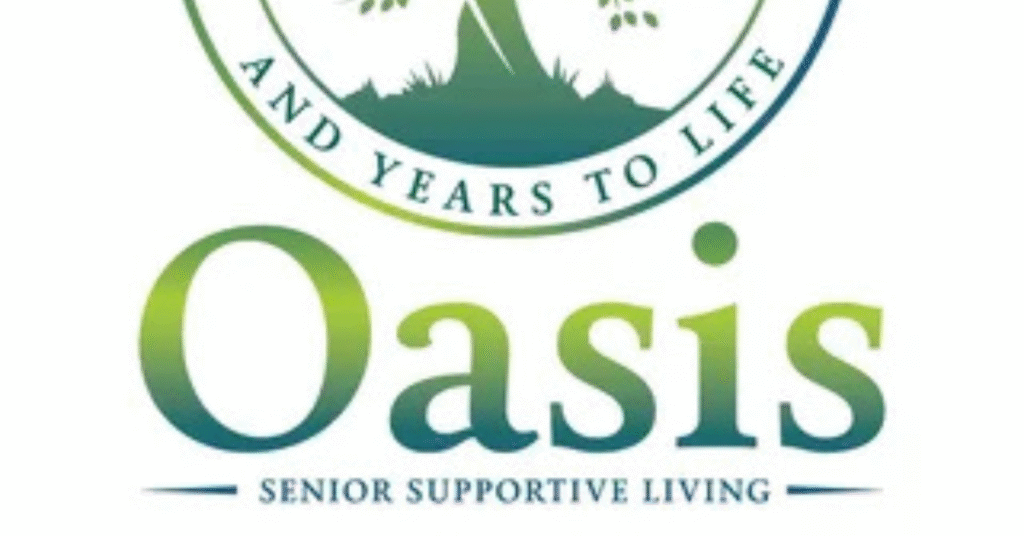
What Is OASIS in Home Health Care is a standardized assessment used by home health agencies. It collects detailed information about a patient’s clinical and functional status. Agencies use it to plan care, monitor patient outcomes, and meet Medicare requirements. The data also helps evaluate the quality of care provided and ensures that patients receive the proper support at home.
Using OASIS, clinicians can identify risks, track progress, and make informed decisions. Agencies benefit from accurate OASIS documentation because it affects reimbursement and ratings. Without proper OASIS assessments, agencies may face penalties or lower quality scores. This makes it essential to understand and use OASIS correctly.
What Does OASIS Stand For?

OASIS stands for Outcome and Assessment Information Set. It is a standardized tool used by home health agencies across the United States. This system was introduced by the Centers for Medicare and Medicaid Services (CMS) to improve patient care and track agency performance.
The main goal of OASIS is to collect accurate, consistent, and complete data. This data includes patient demographics, clinical conditions, functional abilities, and social support. By using OASIS, agencies can compare outcomes, improve care quality, and meet federal regulations.
YOU WILL LIKE: https://doctorambulance.com/can-allergies-cause-fever-the-real-connection-explained/
OASIS Assessment Timeline
| Assessment Type | Timing | Purpose |
| Start of Care (SOC) | First visit | Collect baseline data |
| Resumption of Care (ROC) | After hospitalization or care break | Update patient status |
| Follow-up | Regular intervals during care | Track progress |
| Transfer | When patient moves to another facility | Share patient info |
| Discharge | At end of care | Summarize outcomes and progress |
The Role of OASIS in Home Health Care
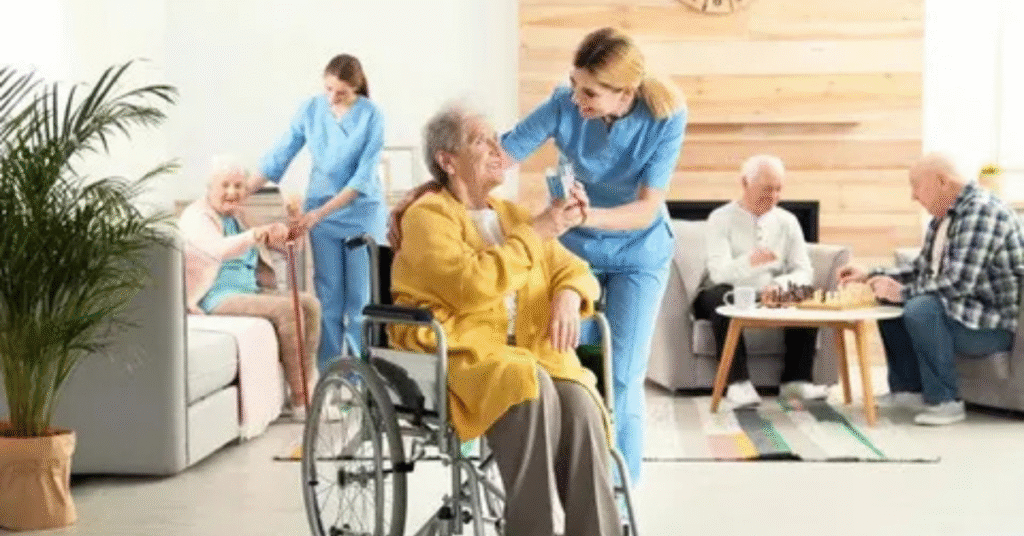
The primary role of OASIS in home health care is to support patient-centered care. OASIS data helps clinicians develop personalized care plans. It also identifies high-risk patients who need extra attention, such as those prone to falls or hospital readmission.
For agencies, OASIS affects reimbursement and quality reporting. Medicare payments depend on the accuracy of OASIS documentation. Hospitals, families, and insurance companies also use OASIS data to measure care effectiveness. Without OASIS, agencies cannot properly demonstrate quality or meet federal standards.
Who Completes the OASIS Assessment?
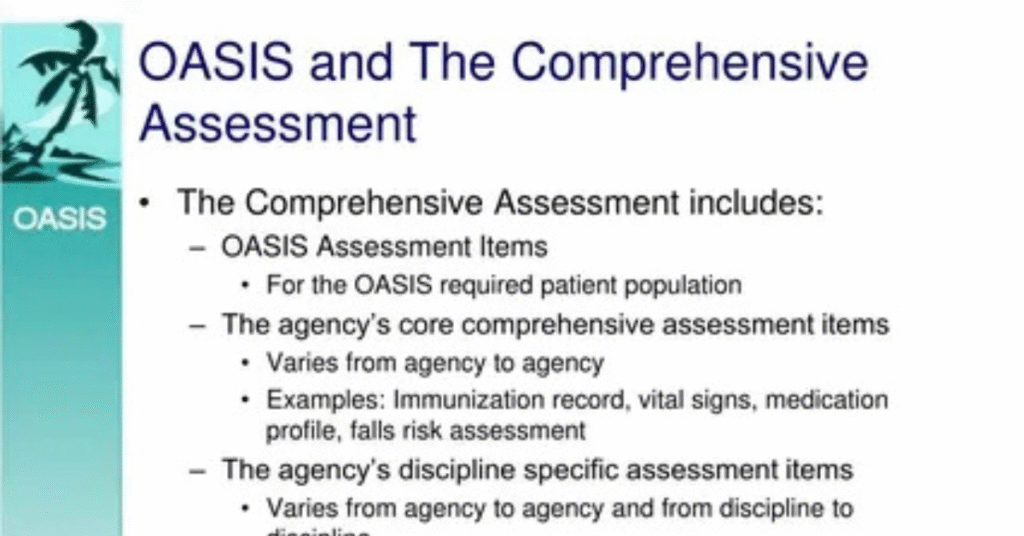
Registered nurses, physical therapists, occupational therapists, and speech-language pathologists typically complete OASIS assessments. These clinicians must be trained in OASIS guidelines to ensure accurate reporting.
The assessment process involves interviewing the patient, observing physical and mental status, and reviewing medical records. Agencies must document each section carefully, because errors can affect reimbursement and quality scores. Qualified staff play a crucial role in ensuring compliance and accuracy.
When Is OASIS Required?
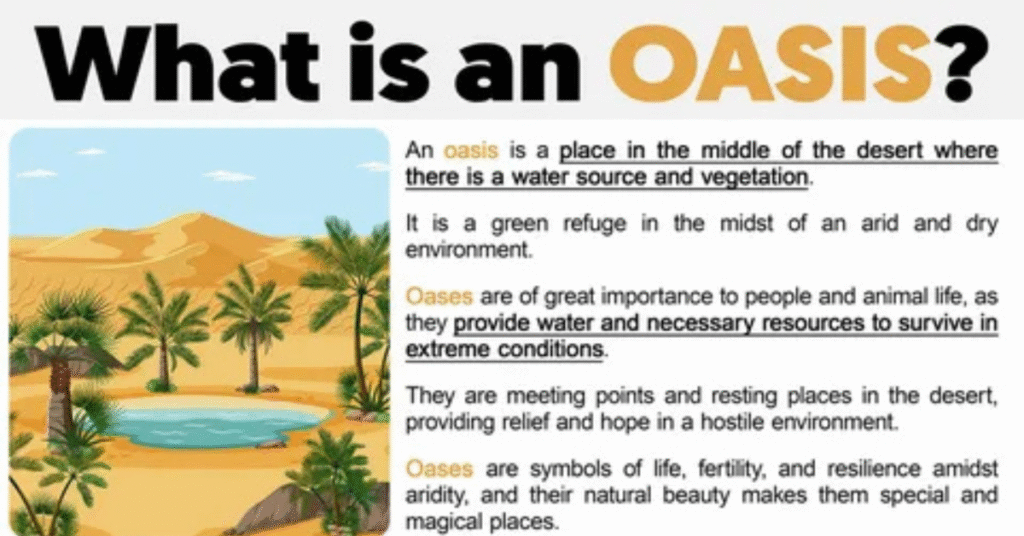
OASIS assessments are required at specific points in patient care. These include start of care, resumption of care, follow-ups, transfers, and discharge. Timing is critical because missing deadlines can lead to penalties.
Start of care assessments collect baseline data about the patient. Resumption of care occurs after hospitalization or a temporary break. Follow-ups track progress and adjust the care plan. Discharge assessments summarize outcomes and functional improvements. Meeting these requirements ensures regulatory compliance.
Key Components of OASIS
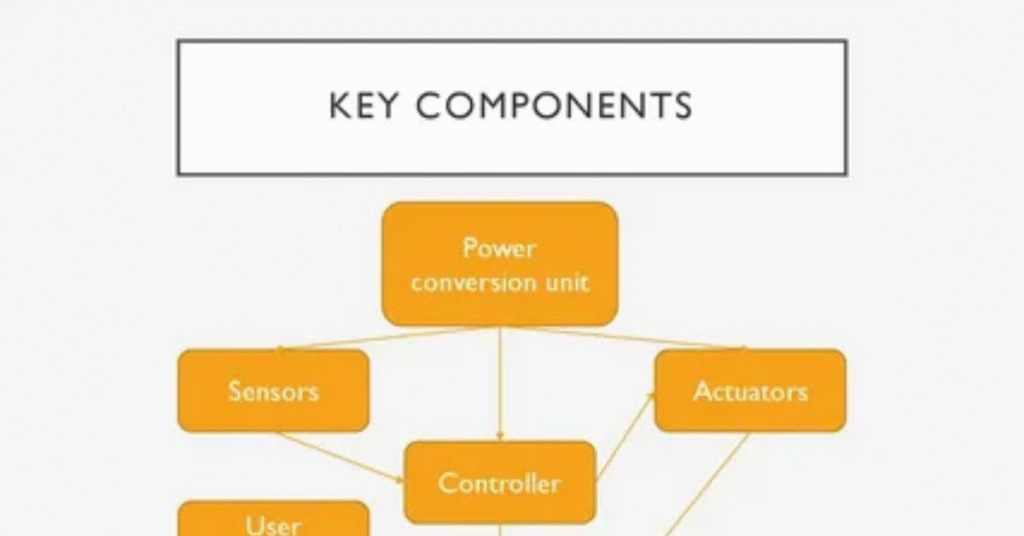
OASIS collects detailed patient information across multiple domains. These include clinical status, functional abilities, mental health, medication use, and socio-behavioral factors. Each section helps clinicians design effective care plans and monitor progress.
| OASIS Domain | Purpose |
| Patient Demographics | Basic info like age, gender, and living situation |
| Clinical Status | Diagnoses, vital signs, and medical history |
| Functional Abilities | Ability to perform daily tasks and mobility |
| Mental Health | Cognitive status, mood, and emotional support |
| Medication Use | Types of medications and adherence |
| Socio-Behavioral Info | Support system, social engagement, and safety |
Why OASIS Is Important for Agencies

OASIS directly affects agency performance, payment, and quality ratings. Accurate documentation ensures agencies receive proper reimbursement for Medicare and Medicaid patients. It also supports public reporting, which influences agency reputation.
Additionally, OASIS data helps identify trends and areas for improvement. Agencies can track patient outcomes, reduce hospital readmissions, and improve functional recovery. This information is critical for operational efficiency and long-term success.
Challenges of OASIS Documentation
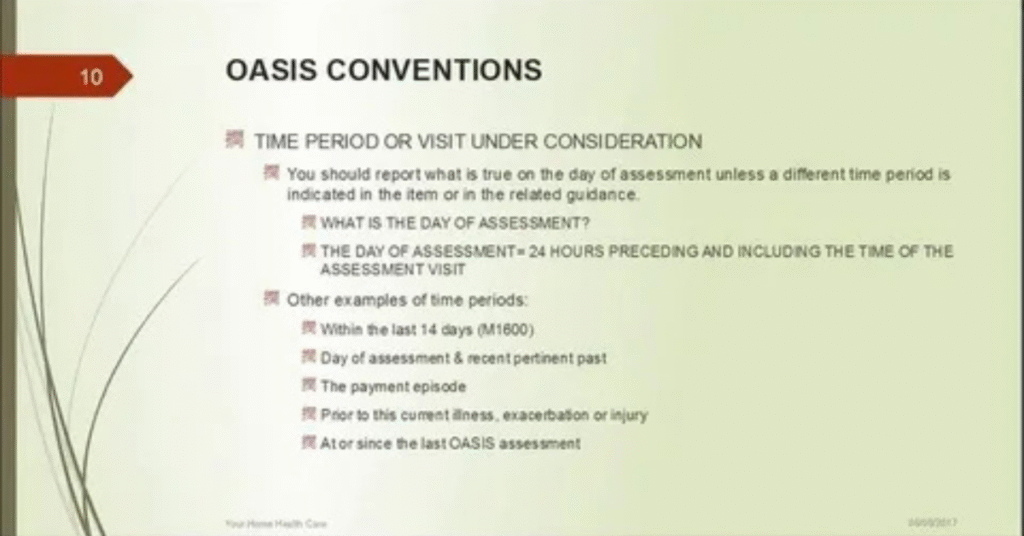
Documenting OASIS can be complex. Clinicians must capture detailed and accurate data, which takes time and effort. Common challenges include inconsistent interpretation, incomplete data, and errors in coding.
Agencies may also face staffing constraints or inadequate training. These issues can affect patient care, reimbursement, and quality ratings. To address challenges, agencies should provide ongoing training, regular audits, and standardized workflows to ensure compliance.
Key OASIS Domains and Examples
| Domain | Example Questions | Why Important |
| Functional Abilities | Can the patient bathe independently? | Determines level of support needed |
| Clinical Status | Any recent infections or hospitalizations? | Helps prevent complications |
| Mental Health | Does the patient have memory issues? | Guides cognitive care plan |
| Medication Use | Is the patient taking medications on time? | Ensures adherence and safety |
| Socio-Behavioral Info | Who supports the patient at home? | Assesses social and safety needs |
OASIS Updates and Versions
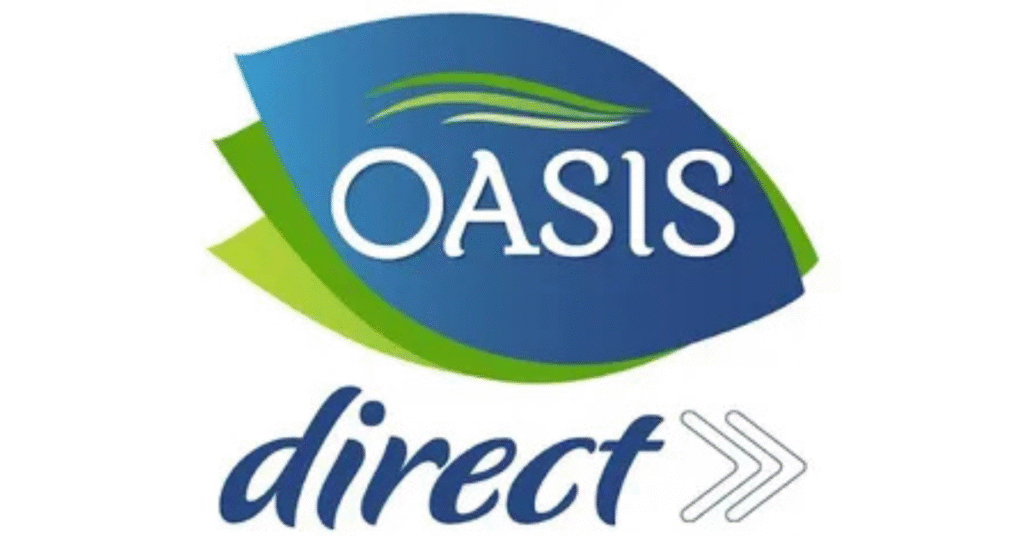
OASIS has evolved over time. CMS releases updates to improve data quality, reflect changes in healthcare, and meet regulatory needs. The most recent version, OASIS-D1, includes updated assessment items and improved scoring systems.
Agencies must stay current with updates to maintain compliance. Staff training and system upgrades are necessary to ensure smooth transitions. Understanding version changes also helps clinicians provide accurate and timely care.
Best Practices for OASIS Compliance
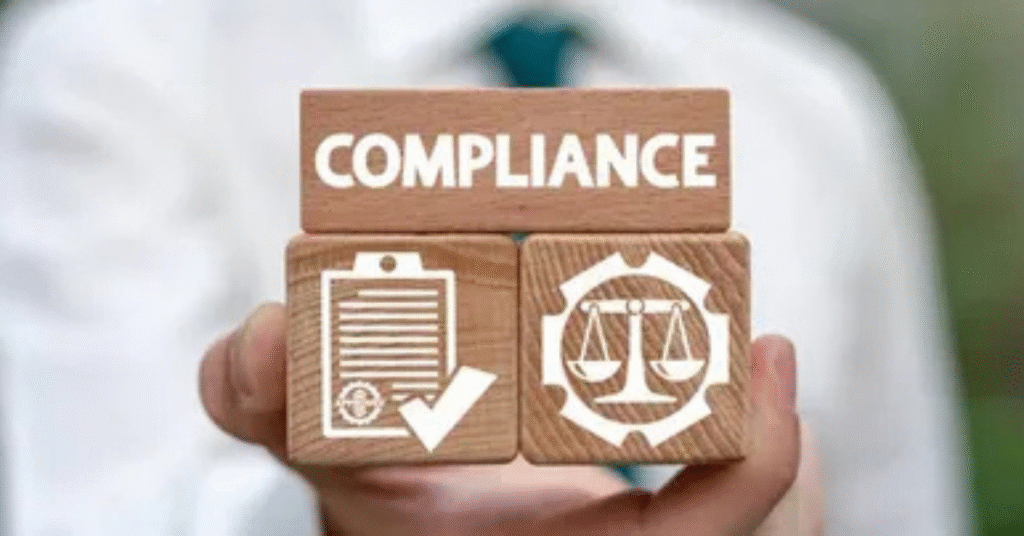
To maintain OASIS compliance, agencies should follow best practices. These include using standardized assessment tools, conducting staff training, and performing regular audits. Clear communication between team members also improves accuracy.
Timely documentation, double-checking data, and using electronic health record systems are practical strategies. Agencies should also monitor outcomes and identify areas for improvement. Following best practices reduces errors and ensures high-quality patient care.
How OASIS Impacts Patient Care
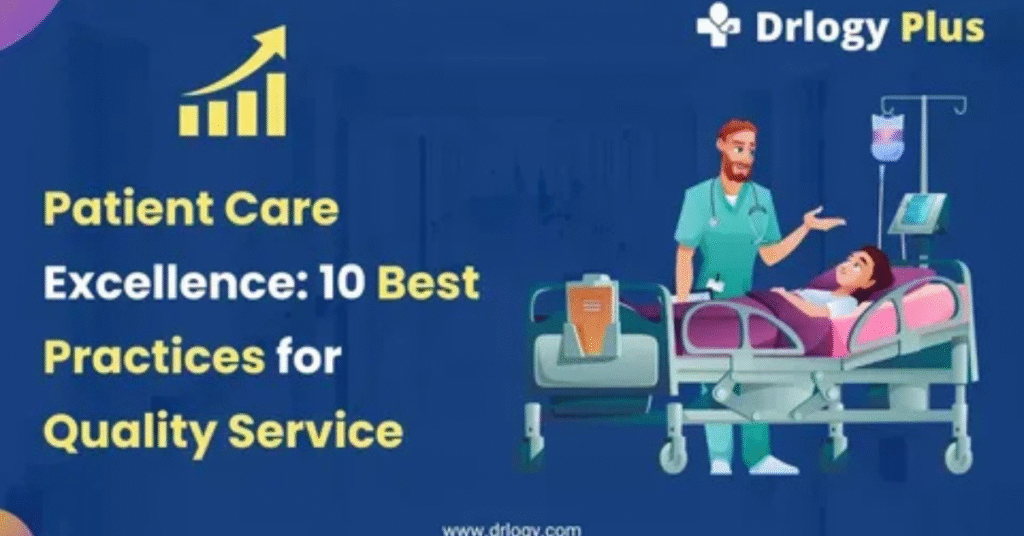
OASIS in home health care directly affects patient outcomes. It helps clinicians identify risks, such as falls or hospital readmissions, and plan care accordingly. Accurate OASIS data ensures patients get the right services at the right time.
Patients also benefit from personalized care plans. By tracking functional abilities, medication adherence, and mental health, agencies can monitor progress and adjust treatment. This ensures care remains effective throughout the home health period.
Technology and OASIS

Technology plays a key role in managing OASIS assessments. Electronic health records (EHR) systems streamline data entry and reduce errors. Clinicians can complete assessments digitally and share data with the care team efficiently.
Digital tools also help agencies track deadlines and compliance. Automated reminders and integrated scoring systems make it easier to meet Medicare requirements. Technology improves accuracy and saves time for clinicians, allowing them to focus on patient care.
CKEAK: https://doctorambulance.com/will-medicaid-cover-out-of-state-emergencies/
Case Studies Showing OASIS Effectiveness
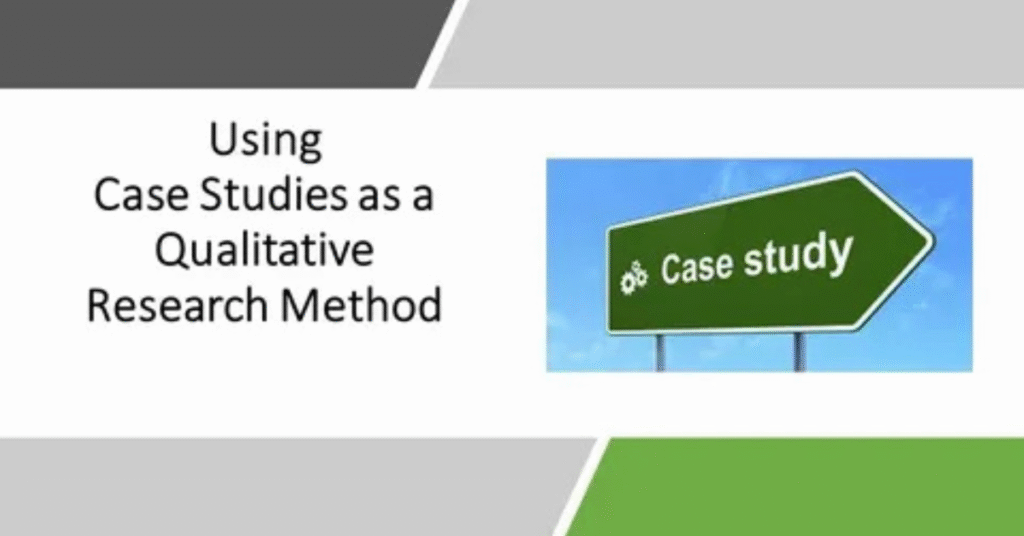
Several case studies show the benefits of accurate OASIS documentation. For example, one agency reduced hospital readmissions by 20% after improving OASIS assessments. Clinicians were able to identify at-risk patients early and intervene with targeted care.
Another case study highlighted improved patient satisfaction scores. Accurate functional and clinical tracking allowed staff to adjust care plans quickly. This demonstrates how OASIS can improve both clinical outcomes and patient experience in real-world settings.
Future of OASIS in Home Health Care
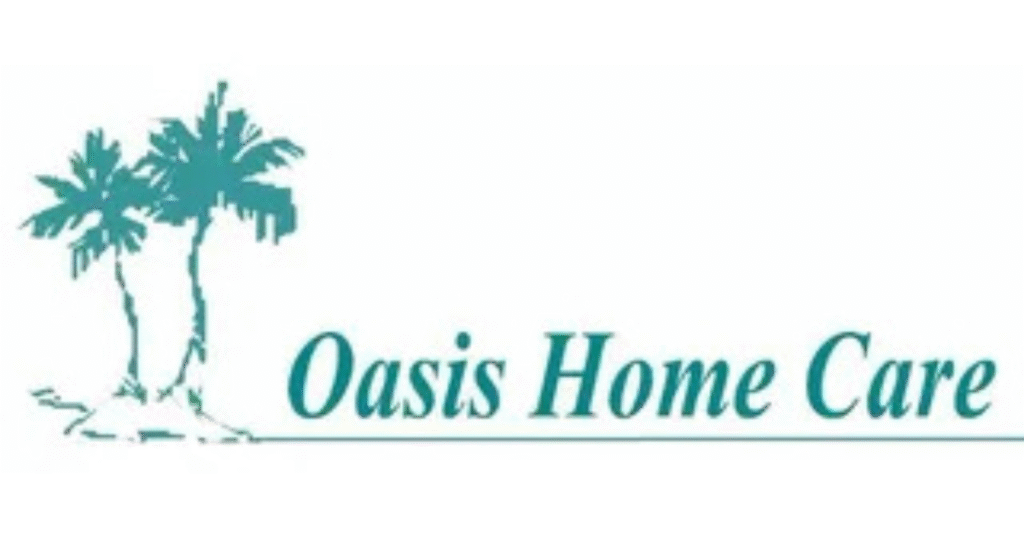
The future of OASIS is likely to involve more integration with advanced analytics. Agencies may use predictive models to identify patients at high risk of complications. This can help clinicians prevent issues before they occur.
OASIS may also evolve with telehealth. Remote monitoring tools can feed data into OASIS assessments, providing real-time updates on patient health. This will make home health care more responsive and efficient, ensuring patients receive timely and accurate care.
FAQ?”s
What is the purpose of OASIS in home health care?
OASIS collects patient data to plan care, track outcomes, and ensure agencies meet Medicare requirements.
Who completes OASIS assessments?
Registered nurses, therapists, and qualified clinicians complete OASIS assessments.
When must OASIS be completed?
OASIS is required at start of care, resumption of care, follow-ups, transfers, and discharge.
How does OASIS affect agency reimbursement?
Accurate OASIS data directly impacts Medicare and Medicaid payments and quality ratings.
What are common challenges with OASIS?
Challenges include data accuracy, staff training gaps, time constraints, and documentation errors.
Conclusion
What is OASIS in Home Health Care is more than just a form. It is a system that ensures quality care, accurate reporting, and compliance with federal regulations. Agencies and clinicians who understand OASIS can provide better care, improve patient outcomes, and secure proper reimbursement. Accurate documentation, ongoing training, and adherence to updates are key to success in home healt.